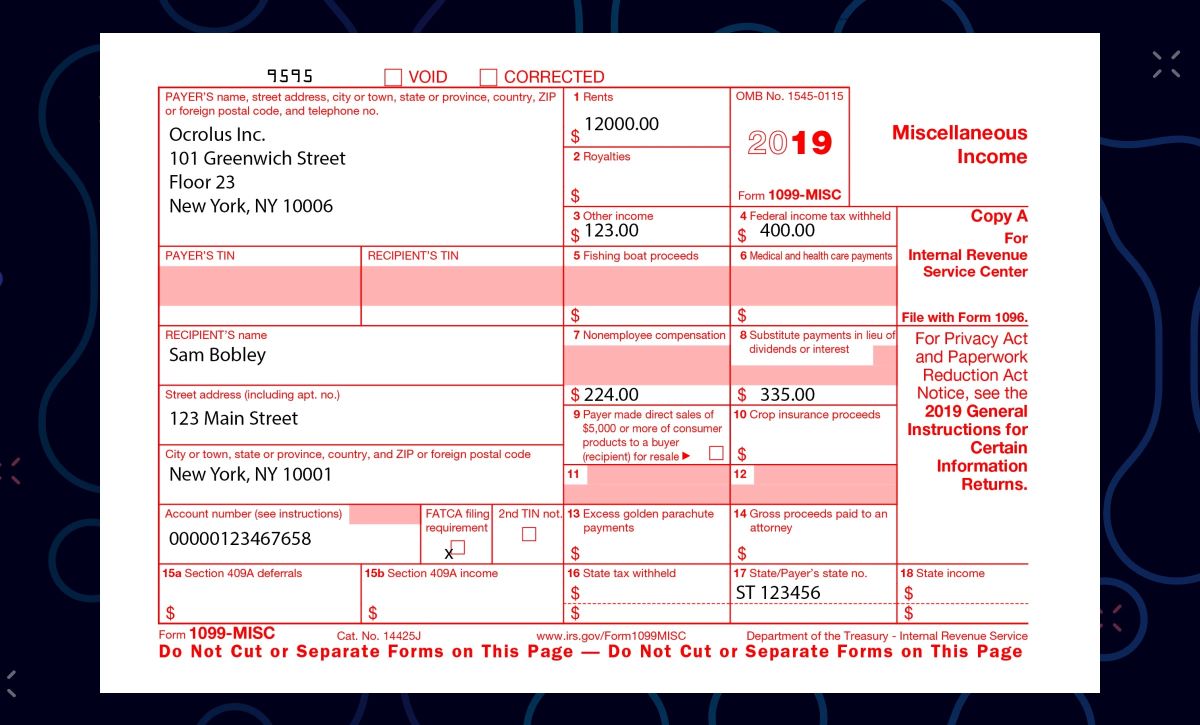

Finance
Piggyback Registration Definition
Published: January 8, 2024
Learn the meaning of piggyback registration in finance and how it can impact investors. Discover essential insights and strategies in this comprehensive guide.
(Many of the links in this article redirect to a specific reviewed product. Your purchase of these products through affiliate links helps to generate commission for LiveWell, at no extra cost. Learn more)
Piggyback Registration Definition: A Simple Guide to Understanding the Basics
Are you familiar with the term “piggyback registration”? If not, don’t worry. In this blog post, we will dive into the world of finance to explain what piggyback registration is all about. Whether you’re a seasoned investor or just starting out, understanding this concept is crucial for making informed decisions. So, let’s get started!
Key Takeaways:
- Piggyback registration allows minority shareholders to register their shares along with the registration of securities by the company.
- Investors benefit from piggyback registration as it provides them with liquidity and an opportunity to sell their shares in the public market.
What is Piggyback Registration?
Piggyback registration, also known as “demand registration” or “shelf registration,” is a process that allows minority shareholders (commonly known as “selling shareholders”) to register their shares of a company’s stock for public sale. This registration is done in conjunction with the company’s own registration of securities with the Securities and Exchange Commission (SEC).
But why would minority shareholders want to register their shares alongside the company’s registration? There are a few reasons:
- Liquidity: When a company decides to go public and registers its securities, it opens up an opportunity for investors to buy and sell those securities in the public market. By piggybacking their registration, minority shareholders automatically gain the advantage of liquidity, enabling them to sell their shares more easily.
- Cost Efficiency: Registering shares individually can be a costly process, especially for minority shareholders. Piggyback registration offers a more cost-efficient approach by allowing them to share the expenses with the company.
- Timing: Piggyback registration allows minority shareholders to take advantage of favorable market conditions and sell their shares when the demand is high.
How Does Piggyback Registration Work?
When a company plans to register its securities with the SEC, it files a registration statement known as an S-1. This statement contains important information about the company, including its financials, business operations, and the number of shares to be registered. During this process, minority shareholders can request to piggyback their shares for registration by filing a Form S-3, which is an abbreviated registration statement used by selling shareholders.
Once the company’s registration statement becomes effective, and if the SEC approves the piggyback registration, the minority shareholders’ shares will be included together with the company’s stock in the public offering. This allows them to benefit from the liquidity and potential increase in value resulting from the public sale.
Conclusion
Piggyback registration is an important concept to understand in the world of finance. By allowing minority shareholders to piggyback on the registration of securities by the company, it provides them with liquidity and an opportunity to sell their shares in the public market. This process is cost-efficient, convenient, and enables investors to take advantage of favorable market conditions. So, the next time you come across the term “piggyback registration,” you’ll know exactly what it refers to!













